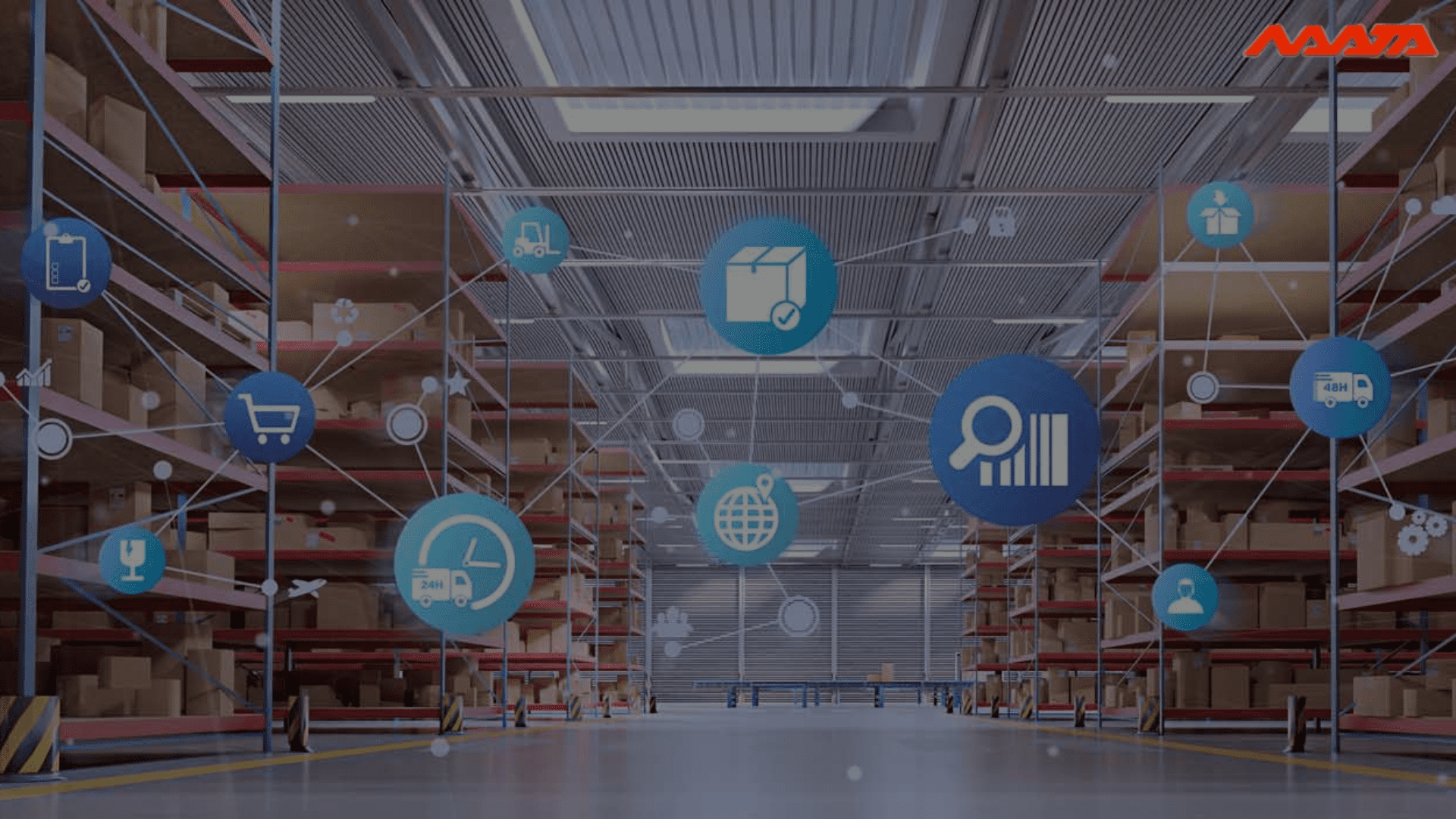Challenges Faced By Omnichannel Logistics and It’s Solution
Table of Contents
Challenges Faced By Omnichannel Logistics
The complexities of omnichannel logistics allow logistics managers to coordinate stock levels across several sales channels. Loss of revenue and damaged reputation might result from ignoring such threats. In this piece, we’ll go through the top 7 difficulties that companies have when it comes to omnichannel logistics.
Lack of inventory visibility
It may be challenging to keep track of stock at numerous warehouses and stores when sales are brisk, as they frequently are over the holidays. Next-day shipping requires a really well order fulfillment system and complete inventory visibility. The correct metrics must be used to monitor the efficacy and economy of the distribution system as products move through it.
Lack of inventory transit visibility
Once a cargo leaves a distribution facility, the shipper often loses track of it until it arrives at the recipient’s doorstep. Transparency in the supply chain is essential. Good omnichannel logistics allow for more precise delivery time predictions, thanks to enhancements in data and information interchange and the use of machine learning to enhance predictive skills.
Inadequate reverse logistics
Logistics’ less-discussed flip side: reverse logistics. However, in terms of omnichannel logistics, it is of utmost significance because of the effect it has on consumer loyalty. If a buyer is dissatisfied with the goods, she is more likely to send it back. A negative encounter upon return will further exacerbate the situation. Brand loyalty may be lost if customers are frustrated by the return process or by hidden fees. Therefore, in an omnichannel logistics environment, the deployment of digital technologies that simplify and improve reverse logistics procedures becomes crucial.
Segmented supply chain processes
If a company’s supply chain procedures aren’t coordinated, it will be unable to guarantee 100% client satisfaction. Many private warehouses and distribution hubs, maintained by a mix of in-house and outside staff, are the norm for larger corporations. Therefore, they use several strategies to assure the continuity of their supply chain. Consolidating these operations rather than letting them operate independently is the key to resolving this supply chain fragmentation.
Improper choice of 3PLs
Selecting and assigning the appropriate packages, depending on size, destination, and capacity, to the appropriate partner is crucial for ensuring orders are delivered on time. In order to get fulfilment tasks done efficiently, it is important to use a third-party logistics provider’s resources. Having these skills allows you to do things like comply with regulations, meet service level agreements, and complete tasks more quickly. When it comes to driving omnichannel logistics operations, it’s not always in a company’s best interest to just consider costs and avoid the possibility of saving money by switching 3PL suppliers.
Speed of delivery
Timely delivery is a major challenge when working with several sales channels. Customers anticipate receiving their internet purchases within a week.
It is essential to use brick-and-mortar shops as fulfilment hubs in addition to setting realistic expectations for each distribution channel. In reality, retailers should operate as both pickup sites for online purchases (buy online, pick up in-store) and fulfilment locations for deliveries (because consumers increasingly want to do both) (ship-from-store).
Online purchases that can be picked up in a physical shop save time and money for the buyer and the retailer. It’s common for customers to make extra purchases in addition to their original order while picking it up.
Warehouse management
Adapting distribution facilities to an omnichannel model is fraught with difficulties. Cross dock systems, in which whole pallets are sent to retailers, are being replaced by systems in which orders contain components for ultimate customers in many if not most, situations. Consequently, many businesses are revising their WMS to improve the efficiency of stocking shelves and handling online orders from customers.
It is essential to think about all of the possible add-ons there are to a WMS. Picking mistakes may be minimized and unnecessary expenses in the warehouse can be avoided with the use of technologies like Pick-to-Light, Radio Frequency Identification, and Voice Picking. Consumers place a premium on quick service, and technology like this helps restaurants meet that demand.
Integrating assortment lines and other value-added operations requires a warehouse’s physical areas to be reorganized with the warehouse’s technical and operational development. Kit assembly, packing, and shipping directly to clients are all examples.

Omnichannel Distribution Solutions For Growing Challenges
Despite the advantages, omnichannel commerce is not without some concerns and problems. 45% of merchants and suppliers lost over $1 million in sales, and another 13% lost over $3 million, due to difficulties with cross-channel commerce. Businesses that want to excel in multichannel commerce must eliminate the differences between their online and brick-and-mortar presence. Here are 4 strategies for overcoming the most pressing issues plaguing multichannel retail and bringing in more money.
Consumer demands
True omnichannel distribution and retailing have emerged as the only viable approach for retail companies and the like to maintain their relevance in the market and keep the loyalty of their customers. Because we live in a digitalized and more fast-paced world, consumers want several purchasing options in order to make day-to-day purchases such as groceries, apparel, and technological goods. The provision of a variety of buying alternatives in a streamlined manner is one of the ways that omnichannel retail meets the requirements expressed by customers.
This enables users to either “click and collect” their orders or place their orders online and pay for them in-store. This entails substantial quantities of real-time data and information being continuously sent across a variety of channels by enterprises in order to fulfill the requirements of their customers. Retail and wholesale operations have a dual obligation: they must stay current with ever-increasingly complicated customer needs while also guaranteeing that they can fulfill their omnichannel service commitments properly.
Update technologies and processes
Customers are left in the dark about the whereabouts of their purchases and when they will arrive as a result of antiquated order tracking procedures, which are caused by outdated technologies and business practices. These problems include websites that are sluggish or non-responsive, delays and lengthy lines for in-store pickups, and obsolete order tracking procedures. Order fulfillment operations are slowed down by manual processes in storage and distribution, and personnel shortages, particularly during peak periods, worsen the problem.
In order to guarantee that their infrastructure is up to the challenge of handling the intricacies of omnichannel retailing, retailers that embrace an omnichannel retailing model need to upgrade their technology and make additional expenditures.
Improve how you manage your Inventory
Retail inventory management problems are caused by poor synchronization and the underutilization of data (duplicate stocks, overstocks, out of stocks, supply-demand discrepancies). When stores just pay attention to the channels where they make the most money, they risk neglecting the others and thereby losing out on sales.
Digital transportation management
Companies now place a higher value on transportation management because they understand that their customers care more about how quickly their orders are fulfilled than they do about their loyalty to the company’s suppliers. In the last stretch of a delivery route, immediate availability is more important than variety. The final customer usually anticipates “delivery on my terms,” which means they want to control the timing of the shipment. Therefore, logistics companies and shippers need to invest in more:
- Perceivable and understandable from the outside.
- Prognostic when disturbances inevitably arise.
- Fully self-sufficient, saving a tonne of time and money in the process.
- Adaptable to new information in real-time, which is crucial for the shortened fulfillment window.
In order to intelligently orchestrate a broad variety of shipping assets, nodes, and network architectures, a digital transportation management system is required. Businesses may benefit from this approach by rethinking their shipping processes with the use of a flexible multi-modal delivery model that spans the conventional supply chain network and takes advantage of increased carrier connections. The most effective and cost-effective network to meet a company’s demands may be constantly tracked and analyzed.

Omnichannel Distribution Solutions omnichannel distribution
Thanks For Reading: Challenges Faced By Omnichannel Logistics and It’s Solution
Powered By 360Presence




